-
Example 1: Cost of Primary Care Physician (PCP) Visit
For this example, the in-network primary care physician (PCP) has agreed with Blue Cross Blue Shield of Illinois or UnitedHealthcare to accept $80 (allowed amount). (In reality, a PCP’s billed or non-discounted rate is usually higher.) Until you meet your out-of-pocket max, an office visit to this PCP under each of the HealthFlex plans would cost you as follows:
- B1000: You pay a $30 co-pay.
In the other plans, you would pay the $80 bill until you meet your deductible. After that, co-insurance would apply to the $80 bill as follows:- C2000 and H1500: You pay 20% after deductible is met. 20% of $80 = $16
- H2000: You pay 30% after deductible is met. 30% of $80 = $24
- C3000: You pay 50% after deductible is met. 50% of $80 = $40
- H3000: You pay 60% after deductible is met. 60% of $80 = $48
-
Example 2: Cost of Hospital Stay
In this scenario, you have a three-day, non-surgical stay at an in-network hospital. The amount the hospital has agreed to accept for this stay is $15,000, even though the bill without insurance may be much higher. (The cost of a hospitalization varies widely based on the treatment received.) Typically, patients are billed at the end of the stay for hospital charges. Physician charges for care received while hospitalized are usually billed separately. For the sake of simplicity, let’s assume you not only met your deductible right before the hospital stay, but you equaled it, and you have no family members covered in HealthFlex (individual coverage).
After the deductible is met, co-insurance applies to hospital bills with all HealthFlex plans. However, the amount you pay is capped at the annual out-of-pocket max for each plan. The OOP max for the B1000, C2000, C3000, H1500 and H2000 is $5,000 for individual coverage. The OOP max for the H3000 is $6,000 for individual coverage.
Here’s how much of the hospital bill you will owe under each of the HealthFlex plans:
- B1000, C2000, H1500: You pay 20% after deductible is met. 20% of $15,000 = $3,000
- H2000: You pay 30% after deductible is met. 30% of $15,000 = $4,500. However, the out-of-pocket max is $5,000 and you have already met the $2,000 deductible. So, you will owe $3,000.
- C3000: You pay 50% after deductible is met. 50% of $15,000 = $7,500. However, the out-of-pocket max is $5,000 and you have already met the $3,000 deductible. So, you will owe $2,000.
- H3000: You pay 60% after deductible is met. 60% of $15,000 = $9,000. However, the out-of-pocket max is $6,000 and you have already met the $3,000 deductible. So, you will owe $3,000.

